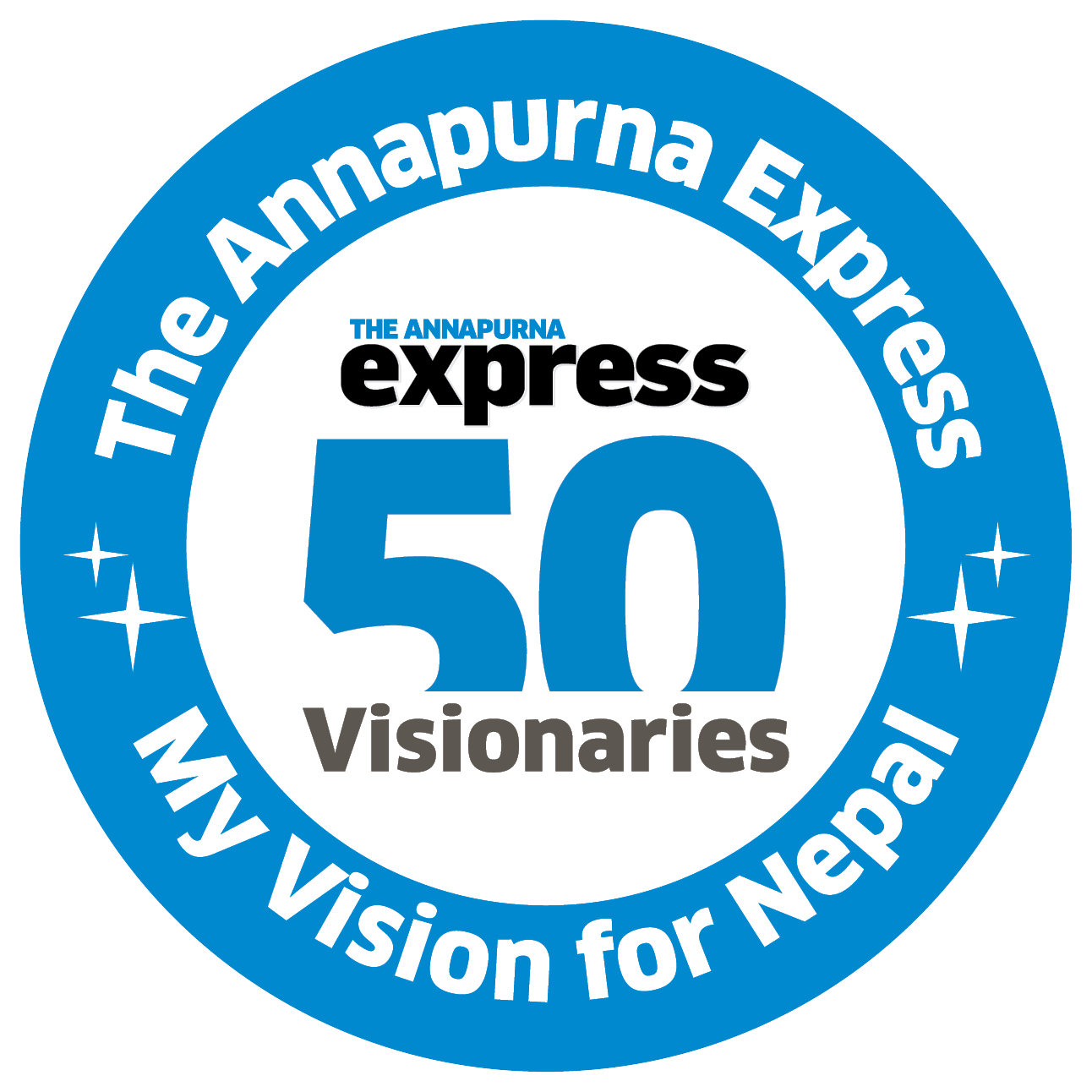Dr Sanduk Ruit: Giving vision to millions
Quick facts
Born on 4 Sept 1954 in Taplejung
Went to Siddhartha Vanasthali School, Kathmandu
Completed MBBS at King George Medical University in Lucknow, India
Completed MD in Ophthalmology from the All-India Institute of Medical Sciences (AIIMS)
Developed a new intraocular lens that could be produced cheaply in 1995
Husband to Nanda Ruit
Father to Serabla Ruit, Sagar Ruit and Satenla Ruit
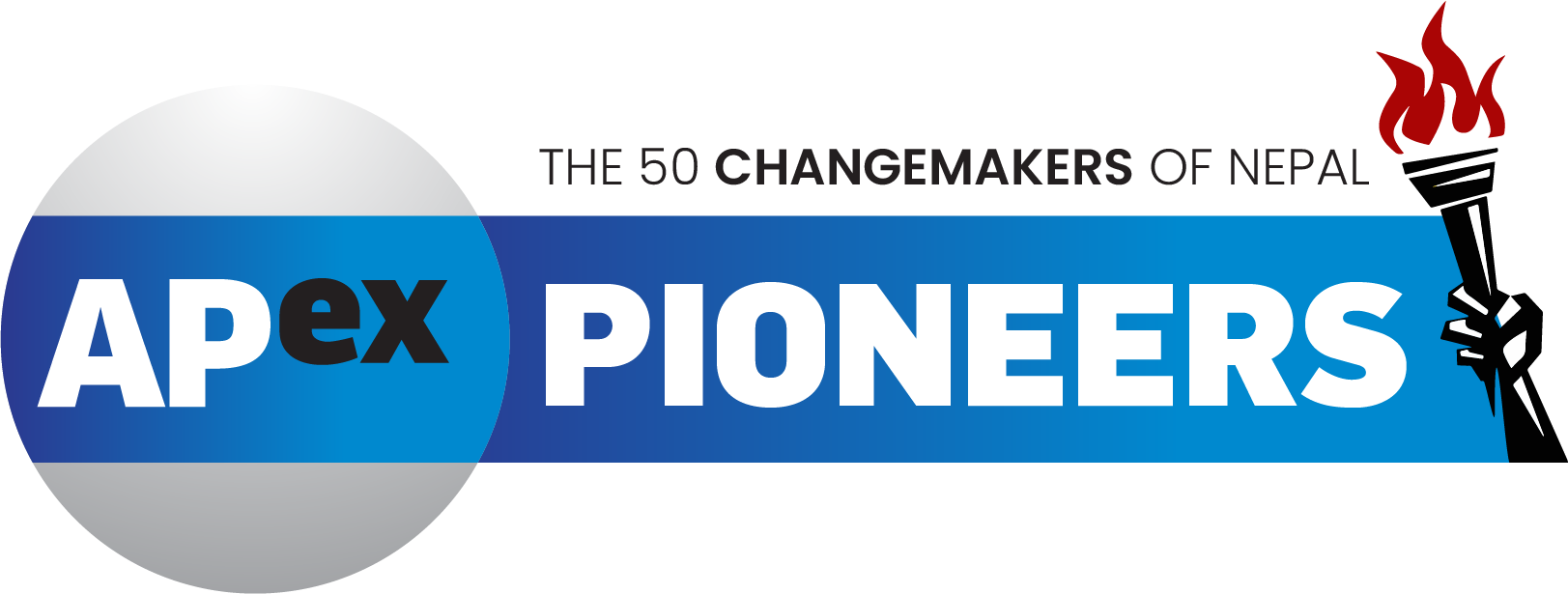 I was born in a remote mountain village of Taplejung district. The village had no access to electricity, healthcare and education, so you could imagine how grim the situation was for the people. Though I belonged to a farming family, my parents made sure that I got educated. I had to walk a long distance every day to reach my school in Darjeeling, India.
I was the second of my parents’ four children, but all my siblings died while they were still young. My older brother passed away at the age of three during a diarrhea outbreak in my village. The sister below me died of hyperthermia when she was eight, and my youngest sister succumbed to tuberculosis at fifteen.
The passing of my youngest sister was the most difficult one for me. She had been my best friend and the one closest to my heart. My family was devastated because they couldn’t afford for her treatment.
The death of my youngest sibling is the reason why I became a doctor. I wanted to devote my life to helping the poor who lack access to quality healthcare.
I graduated from Siddhartha Vanasthali School in Kathmandu, Nepal, in 1969, and got a scholarship to study medicine and surgery at King George Medical College in Lucknow, India from 1972 to 1976. In 1984, I moved to Delhi to study at the All-India Institute of Medical Sciences to become an ophthalmologist. And from 1987 to 1988, I worked under renowned Australian ophthalmologist Fred Hollows as part of a 14-month residency program at Sydney’s Prince of Wales Hospital.
Dr Hollows was impressed by my hard work and motivated me to keep getting better.
I researched about the health issues in Nepal and realized that visual impairments, particularly blindness as a result of cataracts, have a 62.2 percent incidence rate among patients over the age of fifty, and that seven youngsters lose their sight every day. In Nepal, refractive abnormalities are frequent eye illnesses that cause blindness in youngsters, and every year, thousands of individuals go blind as a result of cataracts.
The World Health Organization estimates that 90 percent of the world’s blind population comes from low-income households. There are over 460,000 people in need of eye health care services, and many of them have to travel long distances, often through bad weather, to get the care they need.
I was born in a remote mountain village of Taplejung district. The village had no access to electricity, healthcare and education, so you could imagine how grim the situation was for the people. Though I belonged to a farming family, my parents made sure that I got educated. I had to walk a long distance every day to reach my school in Darjeeling, India.
I was the second of my parents’ four children, but all my siblings died while they were still young. My older brother passed away at the age of three during a diarrhea outbreak in my village. The sister below me died of hyperthermia when she was eight, and my youngest sister succumbed to tuberculosis at fifteen.
The passing of my youngest sister was the most difficult one for me. She had been my best friend and the one closest to my heart. My family was devastated because they couldn’t afford for her treatment.
The death of my youngest sibling is the reason why I became a doctor. I wanted to devote my life to helping the poor who lack access to quality healthcare.
I graduated from Siddhartha Vanasthali School in Kathmandu, Nepal, in 1969, and got a scholarship to study medicine and surgery at King George Medical College in Lucknow, India from 1972 to 1976. In 1984, I moved to Delhi to study at the All-India Institute of Medical Sciences to become an ophthalmologist. And from 1987 to 1988, I worked under renowned Australian ophthalmologist Fred Hollows as part of a 14-month residency program at Sydney’s Prince of Wales Hospital.
Dr Hollows was impressed by my hard work and motivated me to keep getting better.
I researched about the health issues in Nepal and realized that visual impairments, particularly blindness as a result of cataracts, have a 62.2 percent incidence rate among patients over the age of fifty, and that seven youngsters lose their sight every day. In Nepal, refractive abnormalities are frequent eye illnesses that cause blindness in youngsters, and every year, thousands of individuals go blind as a result of cataracts.
The World Health Organization estimates that 90 percent of the world’s blind population comes from low-income households. There are over 460,000 people in need of eye health care services, and many of them have to travel long distances, often through bad weather, to get the care they need.
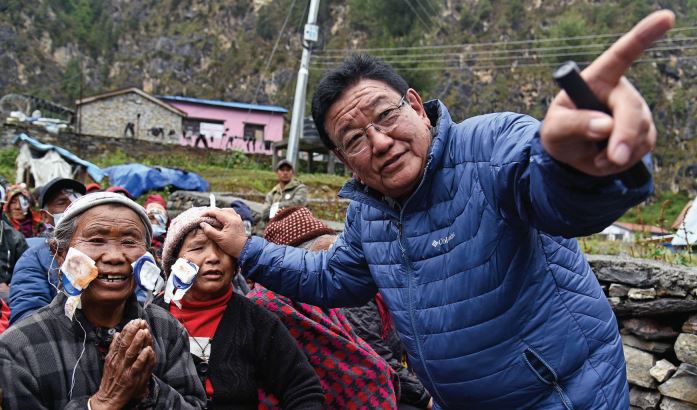 So, Dr Hollows and I imagined a world where people in impoverished nations could get top-notch eye treatment. In our search for an alternative method of treating cataracts, we developed a novel intraocular lens that could be mass-produced at a much-reduced cost. With this inexpensive lens, a cataract patient could be treated in just five minutes.
Realizing that producing these lenses locally would significantly reduce the cost of treatment, we began developing plans to build a factory to produce the eye lenses necessary for cataract surgery. Upon my return to Nepal, I participated in the development of the Nepal Eye Program and contributed to a comprehensive epidemiological study of blindness in the country. In Nepal, I was the first to use intraocular lens implants for cataract surgery.
At the time, traditional practitioners and the majority of old physicians alleged that my surgical approach presented threats to patients’ eyes. But I persisted and was able to convince my critics of my innovative method of treatment. Also, in 1989, WHO didn’t allow my team to conduct cataract surgeries, saying that these things need a high clinical trial. But to date, not a single patient has complained about our lens.
In collaboration with a team of young Nepali ophthalmologists and philanthropists, I established the Tilganga Eye Centre, which is supported by the Nepali program for eye health care and the Fred Hollows Foundation. Our plant opened in June 1995, a year after the passing of my mentor and friend, Dr Hollows. I was later appointed the medical director of Tilganga Ophthalmological Institute. The institute is a key partner of the Fred Hollows Foundation, and it is now a global medical institution led by my team, who has provided free care to over 120,000 people with treatable blindness.
We also organized a mobile eye clinic in Nepal’s remote mountain regions to perform free surgeries on people in need.
With the objective of providing free surgery to the poor and needy, my team has set up more than 200 eye camps in the remote areas of Nepal. Our surgical approach has helped cut in half the rate of treatable blindness in Nepal over the past three decades. We have also trained over 650 doctors in the fight against preventable blindness around the world, and as a result, the number of successful eye surgeries performed worldwide has now surpassed 35m.
About 6,000 operations are performed successfully each year at our institute. Mobile hospitals were so effective that their success was shared with countries including Bhutan, Thailand, Myanmar, Mongolia, Pakistan, North Korea, Ethiopia, Bangladesh, China, and India. And my team has set a target of screening 1m people and treating 300,000–500,000 patients with curable blindness by 2030.
About him
Samarjeet Shah (Student)
So, Dr Hollows and I imagined a world where people in impoverished nations could get top-notch eye treatment. In our search for an alternative method of treating cataracts, we developed a novel intraocular lens that could be mass-produced at a much-reduced cost. With this inexpensive lens, a cataract patient could be treated in just five minutes.
Realizing that producing these lenses locally would significantly reduce the cost of treatment, we began developing plans to build a factory to produce the eye lenses necessary for cataract surgery. Upon my return to Nepal, I participated in the development of the Nepal Eye Program and contributed to a comprehensive epidemiological study of blindness in the country. In Nepal, I was the first to use intraocular lens implants for cataract surgery.
At the time, traditional practitioners and the majority of old physicians alleged that my surgical approach presented threats to patients’ eyes. But I persisted and was able to convince my critics of my innovative method of treatment. Also, in 1989, WHO didn’t allow my team to conduct cataract surgeries, saying that these things need a high clinical trial. But to date, not a single patient has complained about our lens.
In collaboration with a team of young Nepali ophthalmologists and philanthropists, I established the Tilganga Eye Centre, which is supported by the Nepali program for eye health care and the Fred Hollows Foundation. Our plant opened in June 1995, a year after the passing of my mentor and friend, Dr Hollows. I was later appointed the medical director of Tilganga Ophthalmological Institute. The institute is a key partner of the Fred Hollows Foundation, and it is now a global medical institution led by my team, who has provided free care to over 120,000 people with treatable blindness.
We also organized a mobile eye clinic in Nepal’s remote mountain regions to perform free surgeries on people in need.
With the objective of providing free surgery to the poor and needy, my team has set up more than 200 eye camps in the remote areas of Nepal. Our surgical approach has helped cut in half the rate of treatable blindness in Nepal over the past three decades. We have also trained over 650 doctors in the fight against preventable blindness around the world, and as a result, the number of successful eye surgeries performed worldwide has now surpassed 35m.
About 6,000 operations are performed successfully each year at our institute. Mobile hospitals were so effective that their success was shared with countries including Bhutan, Thailand, Myanmar, Mongolia, Pakistan, North Korea, Ethiopia, Bangladesh, China, and India. And my team has set a target of screening 1m people and treating 300,000–500,000 patients with curable blindness by 2030.
About him
Samarjeet Shah (Student)
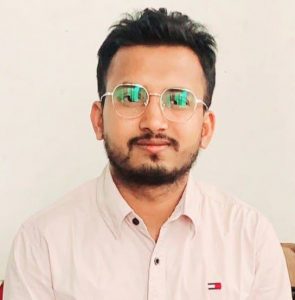 As a medical student, I have great admiration for Dr Ruit. He is a true inspiration for medical professionals, especially those who work in low-income areas, because of his innovative approach to cataract surgery. His work has not only helped improve the lives of countless individuals, but it has also inspired other doctors and researchers to explore new and innovative ways to provide healthcare to people in need. Dr Ruit’s achievements serve as a reminder to medical students like me of the incredible impact that we can make in the world if we commit ourselves to serving others.
Aalok Mishra (Student)
As a medical student, I have great admiration for Dr Ruit. He is a true inspiration for medical professionals, especially those who work in low-income areas, because of his innovative approach to cataract surgery. His work has not only helped improve the lives of countless individuals, but it has also inspired other doctors and researchers to explore new and innovative ways to provide healthcare to people in need. Dr Ruit’s achievements serve as a reminder to medical students like me of the incredible impact that we can make in the world if we commit ourselves to serving others.
Aalok Mishra (Student)
 As a Nepali medical student studying in Bangladesh, I have to interact with the local patients here. When they know that I’m from Nepal, most of the patients ask me about Tilganga Hospital and its service. It is due to Dr Ruit’s hard work and service that he has made Nepal proud around the world. A Nepali doctor doing such inspirational works definitely helps medical students like me.
Abhinash Jha (Student)
As a Nepali medical student studying in Bangladesh, I have to interact with the local patients here. When they know that I’m from Nepal, most of the patients ask me about Tilganga Hospital and its service. It is due to Dr Ruit’s hard work and service that he has made Nepal proud around the world. A Nepali doctor doing such inspirational works definitely helps medical students like me.
Abhinash Jha (Student)
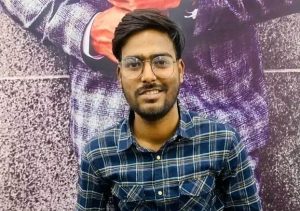 Dr Ruit is an inspiration for medical students because he demonstrated the meaning of empathy, which is a must for any medical student. He proved that a good doctor must be a good human being. For medical students, he is the moral guideline as he has emphasized the basics of humanity through his medical service. Every eye doctor wants to be like him, which shows his greatness.
Dr Ruit is an inspiration for medical students because he demonstrated the meaning of empathy, which is a must for any medical student. He proved that a good doctor must be a good human being. For medical students, he is the moral guideline as he has emphasized the basics of humanity through his medical service. Every eye doctor wants to be like him, which shows his greatness.
My Vision for Nepal | End the politicization of vital sectors
End the politicization of vital sectors
Three ways to realize the vision:
1) Bring a generational shift in our political leadership.
2) Appoint the right person in the right place.
3) Adopt a more hands-on, practical education system.
A country can run well only if all its major sectors work in tandem. For this, they have to nurture the values of selflessness and cooperation. Our legal bodies, bureaucracy and education sector have all fallen prey to politicization. These are major forces that drive the nation. But in Nepal, they are all driven by politics. They are divided into various political factions and do not work in public interest.
As a nation we seem trapped in an interminable transition. Our hopes and dreams for better times have been repeatedly dashed by the failures of our political leaders.
It is high time that the current crop of leaders retired and made way for a new generation of politicians who can take the country forward. We need a generational shift in leadership to realize our dreams and aspirations.
We need smart and educated individuals to guide this country. If you are not educated on a particular subject, you won’t know how things work in that field. The same goes for our leaders. Most of our ministers have zero knowledge of the functional areas of the ministries they lead. How can they then do their jobs well?
Maybe we don’t need politicians but experts to run this nation. For example, an economist should lead the Ministry of Finance.
I wish for a system where people can directly elect executive-level officials. We should change our electoral system and the way political parties elect their leadership. Under our current system, the same people are getting elected to run their parties as well as the country as though there are no other deserving candidates. To break this traditional power structure, youth members and sister organizations of political parties should act. They should realize that their inaction will have serious repercussions for the country.
We spend billions of rupees on elections only to see the same-old faces to return to power, again and again and again. They come with the promise of growth, progress and better service-delivery. But has that ever happened? Our leadership’s repeated failure and incompetence should make us rethink if we are following the right system. Development is not possible if we are caught in a wrong system.
Also read: Nikita Acharya: To establish an entrepreneur-friendly nation
Our old political leaders have time and again proven that they are incapable of improving. That’s why we need major changes in our political party organizations and the way their leaders are elected.
In today’s day and age, geopolitics also matters a lot for a nation’s growth and development. As Nepal is wedged between India and China, two giant of neighbors, it is imperative that we balance our diplomatic ties. We must maintain a win-win relationship with two of the fastest growing countries in the world. It would do Nepal a world of good to develop strong relations with India and China both at government’s and people’s levels.
The other reason Nepal lags behind is brain drain and labor migration. Nepal is a young country. It needs its youths in nation-building. But lack of jobs at home is driving them abroad. Our leaders have failed to build a youth-friendly nation.
We don’t want our young population migrating to or toiling in foreign countries while our own country stagnates. The brain drain must be stemmed by creating jobs and business opportunities within Nepal.
Quality of education is another important factor that determines the country’s state. Our schools and colleges still promote rote learning rather than the knowledge on respective subjects, largely because of our flawed curriculum and teaching methods.
There should be a hands-on practical approach to teaching and learning. Students should be taught to solve problems and develop critical faculties rather than just memorizing passages from textbooks to pass their tests. We should also incorporate technology and digital tools to improve the efficiency and productivity of our education system.
It is unfortunate that many teachers in our country are political activists. We don’t have teachers who are true professionals and passionate about their job.
Nepal needs teachers and professors who can inspire young minds, who can teach values about various aspects of life, society, politics and finance. If we have competent teachers, half the country’s problems will be solved.
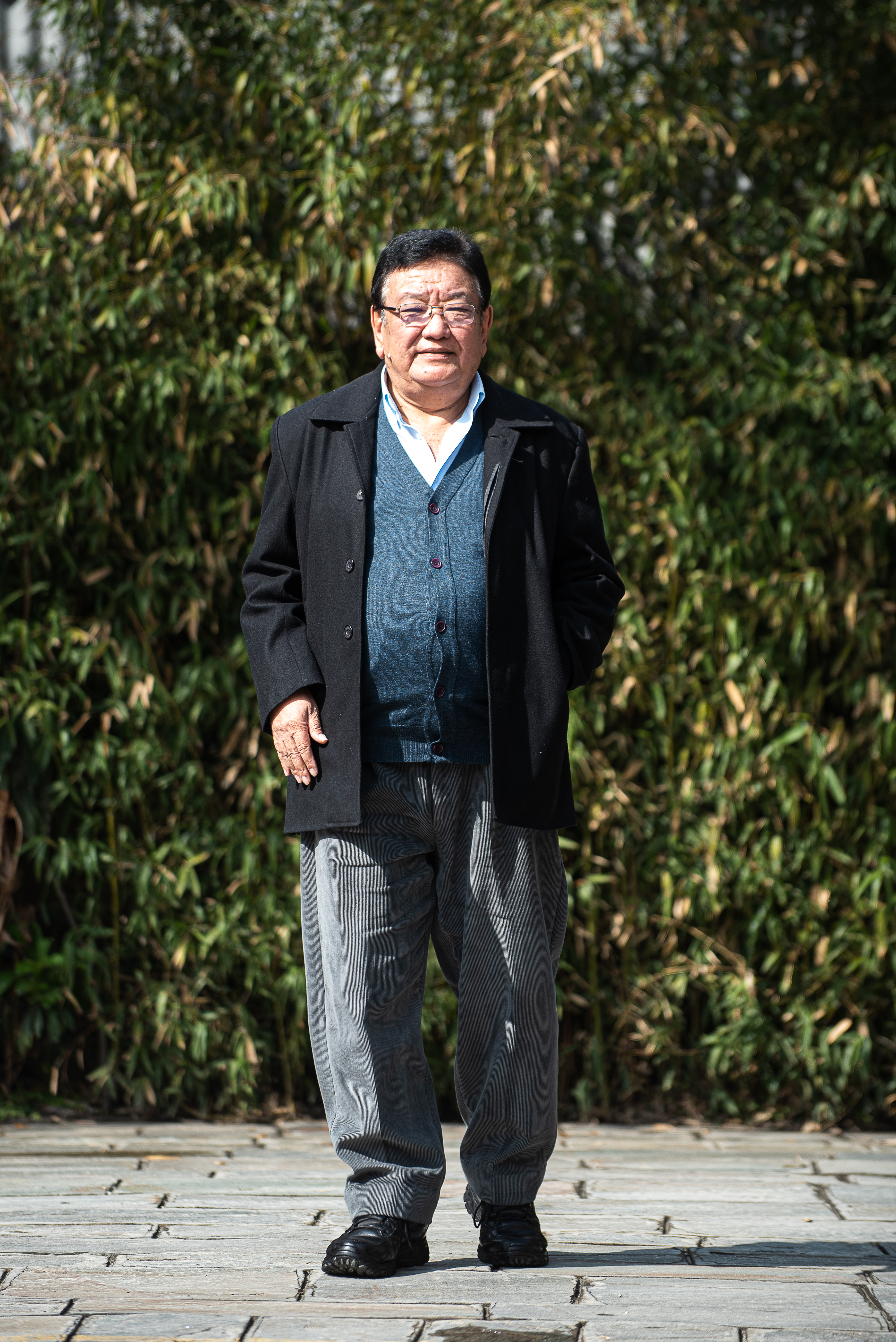
Quick Questions:
1. What would you be if you were not a doctor?
I would perhaps be helping my father run a small business back in my village.
2. What is happiness for you?
Happiness for me is all about having good health and a caring family.
3. One book that has inspired you the most.
‘Mandela’ by Nelson Mandela.




